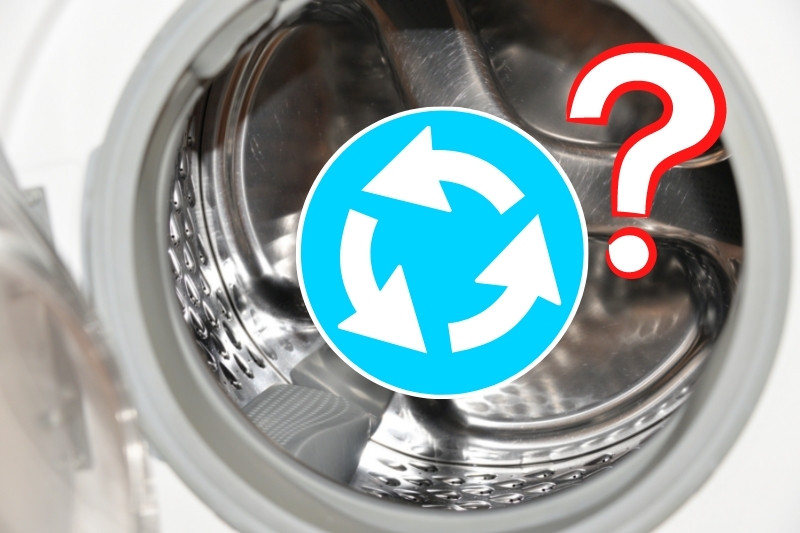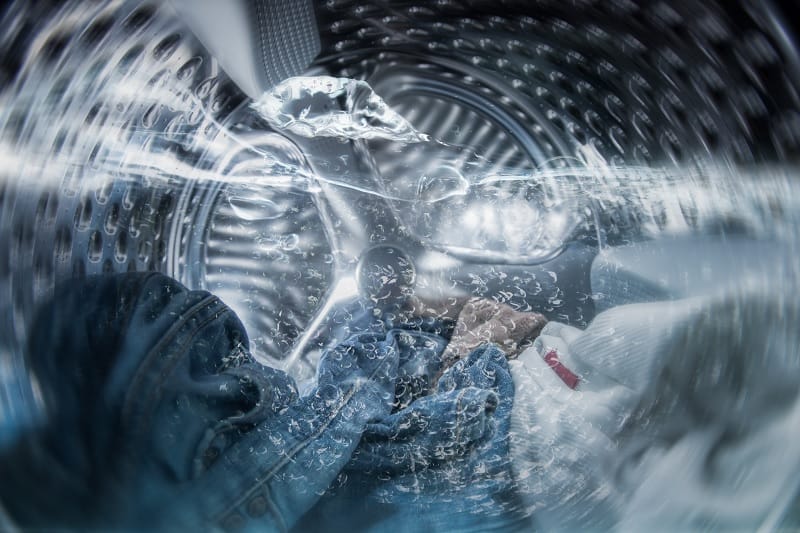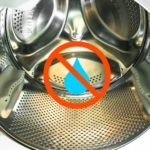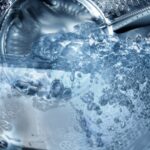It goes without saying that water is critical to the function of a washing machine. But what happens if your washer isn’t getting water? Will it still wash the clothes, and will it work at all?
If you’ve started the machine without a water supply, you may well be wondering if you have damaged the machine.
Here you will find the answer to these questions and what to do if the water source to your washing machine is cut off.
Let’s get started by seeing whether or not a washing machine can function without water.
Do Washing Machines Work Without Water?
Most washing machines rely on water pressure coming from a preinstalled pump. This means that without being hooked on a water source, they will not work. Nor will it run if the water dispensing valves can’t open fully due to the lack of power.
Keep in mind that most machines have a separate valve for the intake and draining of the water, and if any of these two is faulty, the machine won’t work properly.
Your washer may start, but after sensing the lack of water pressure, it will simply stop working and won’t continue with the first cycle.
You can test the spinning function of the device but you can’t run a full cycle.
Another reason you may accidentally run a washing machine without water despite being connected to a functioning water valve is if the device isn’t balanced properly.
Without being levelled, the pump may not align with the inlet, or the machine can’t sense how much water it needs for soaking the clothes.
How Do Different Washing Machine Types React to Running Without Water?

Modern washing machines (especially front-loaders)
Modern washers are very sensitive to water pressure because they have an automatic sensing function. This means they are designed to constantly measure the amount of water in the clothes and open and close the valves to let in water as needed.
This is particularly true for front loaders with digital functions, but even many top-loaders work in a similar fashion.
Older washing machines (especially top-loaders)
That said, there are some older top-loaders that will start and even run a cycle without water. This is because these models have different types of water valves, and they don’t rely on constant water pressure.
However, using a top loader without sufficient water pressure usually damages the machine, leading to costly repairs or a need for replacement.
The first damage will usually be the burnt-out valves and pumps. If the low or absent pressure continues, the washer’s motor and electronic systems may suffer a similar fate.
Hot and cold fill washing machines
Another type of washer that may work without water is the hot and cold fill machine that relies on a hot water source instead of heating the cold one in the soaking phase.
Here, if the hot valve is working but the cold isn’t, the hot water will enter the machine and the washing cycle will start.
It may run until it’s time to rinse the clothes, then it will stop due to the lack of a cold water source.
What Washing Machine Functions Will Work Without Water?
Apart from the soaking function mentioned previously, depending on the type of washer you have, there may be some other functions that work without water.
For example, most washers have an option for spinning clothes, which extracts water from them, so they dry faster.
As this function doesn’t need a water inlet, it will probably work without water. But once again, this depends on the control systems your machine has in place.
The draining function will typically also work, so when washing clothes by hand, you can use the machine to drain the water from them and send them through the spinning cycle.
What Happens to Your Clothes if You Don’t Add Water to Them?
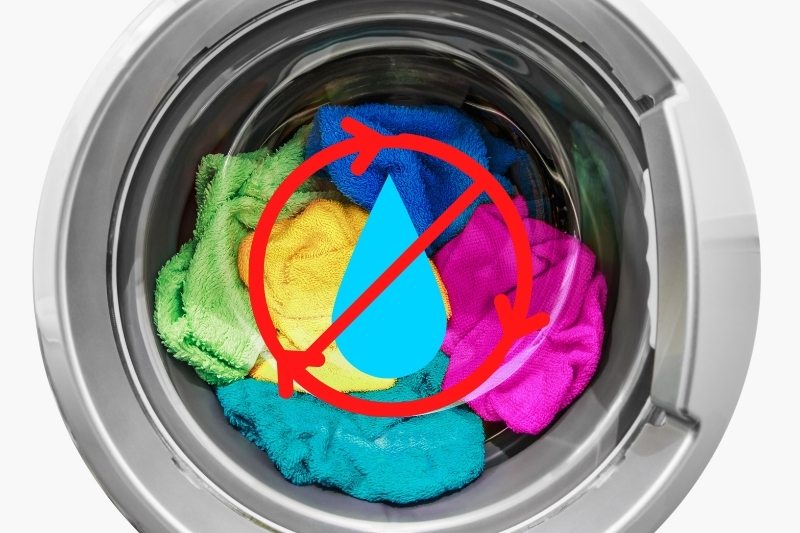
Adding detergent to the clothes and accidentally trying to run the machine without a proper water source can stain or damage your clothes.
Most laundry detergents contain molecules called surfactants, which help remove the dirt from the clothes.
With one end, these molecules attach to the stains, and with their other end, they remain attached to the water molecules. To remove the stain, they use the water molecule to create a bubble around it, so without water, they can’t work either. This means that in most machines, your clothes will remain dirty without water.
In washers where the hot and cold water sources have a separate inlet, and the hot valve is working, the clothes are soaked with the detergent and water mixture. If the correct temperature is used, the garments will be cleaned.
However, if the cold water inlet isn’t working, the machine can’t rinse the clothes from the detergent, which may lead to stiff or even damaged garments.
If the hot water inlet malfunctions, the clothes will not be soaked in water or cleaned, but they may be stained from the detergent.
You will need to rinse them out either in the machine or by hand if the cold water valve to the washer has stopped working completely.
What to Do if Your Water Supply Is Cut Off
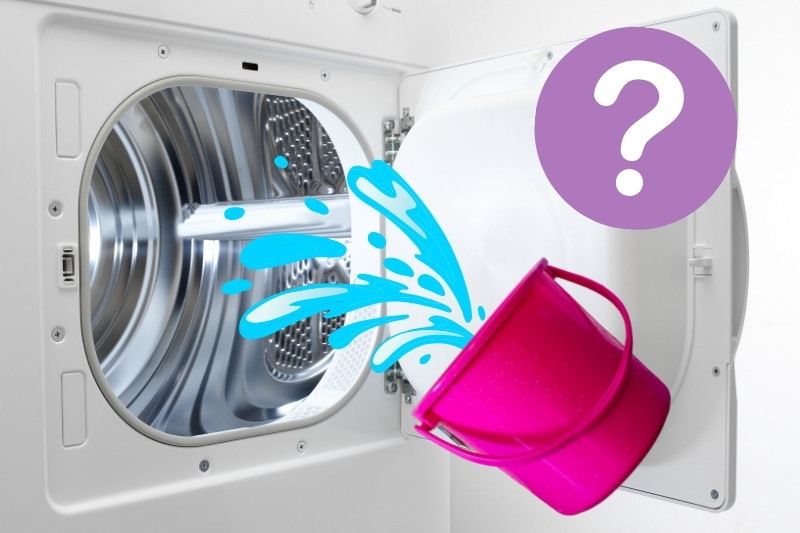
If your water inlet isn’t working when you start the machine or stops working throughout the first two cycles, you may still wash your clothes. You’ll need to add water manually to the machine whenever it needs it for soaking or rinsing clothes.
If your device doesn’t rely on water pressure, you can simply take a bucket of water and fill your washer until your clothes are soaked.
You should see suds forming when the washer starts the soaking cycle. When the pump drains the sudsy water and starts the rinsing process, you should add water with each cycle.
Assuming your washer has an automatic sensing function, you should add water until the sensor registers its levels and starts the soaking cycle.
Then, repeat the same process with each rinsing cycle. However, this is typically only possible with top-loaders and older front-loaders.
Modern front-loaders have an automatic safety system, which locks the doors as soon as you push the start button. Unless you cut the power off, you probably won’t be able to open the door to fill the machine with water.
And even if you could, these machines often need additional water as they keep measuring the moisture levels in the clothes. Adding water would be definitely problematic and would only force the pump unnecessarily.
Conclusion
Depending on what type of washing machine you have, it probably won’t work at all without water. Only older types of top loader washers that don’t rely on water pressure can work without a water source. And even if they do, you can’t wash your clothes using only detergent.
Newer models may start to spin but will stop after measuring how much water they need. If they don’t have enough water pressure, they won’t continue the washing cycle.
Unlike with the older top loaders, where you can add water manually if your supply is suddenly cut off, with newer machines, you don’t even have that option as they need a constant water supply.

I’m a mother of three who loves going on fun adventures with my family. With three little ones, I’ve learned the hard way how to keep a busy home clean! I want to share my tips and tricks to make your life as easy as possible.
